How to create your own dramatic hybrid risers
Often the most effective risers are a warped blend of electronic and processed acoustic instruments…
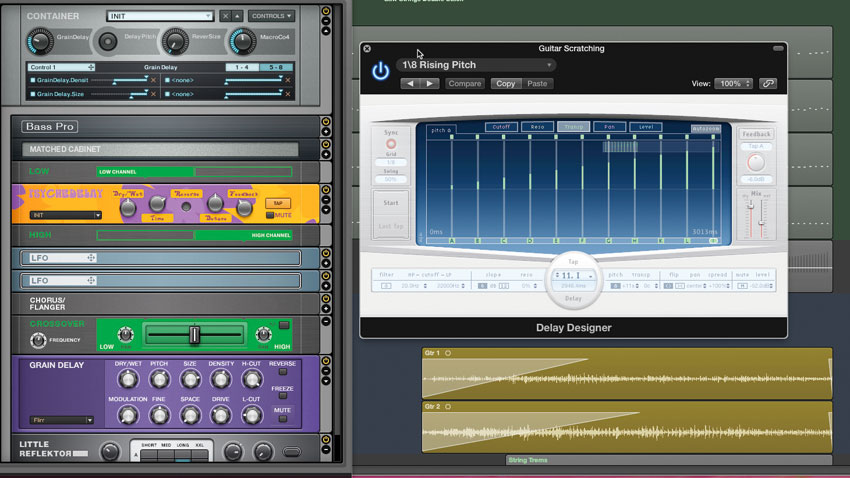
Although the first thing you're likely to reach for when producing a riser effect is a synthesiser, impressive variations on the concept can be conjured up by working 'live' instrumentation in alongside electronic.
In this walkthrough, we'll layer up a huge cinematic riser using a variety of foundation sounds.
To discover more transitional techniques, check out the September edition of Future Music (FM308).
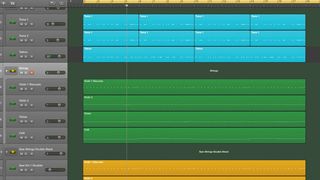
Step 1: We're starting with the bones of a trailer style arrangement, with strings doubled by synths, alongside toms and taikos. The synths and strings are grouped so that they can be treated to reverb effects collectively. Towards the end of this track, we're going to build our own riser.
Backing Track
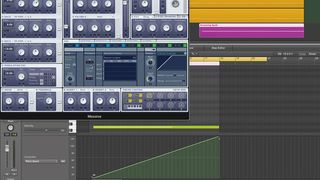
Step 2: The first riser layer is a screaming synth note from Massive. The pitchbend range is two octaves in both directions. We draw a D note for eight bars. The pitchbend starts at the bottom and rises to the top - a 4-octave change.
Synth Screamer
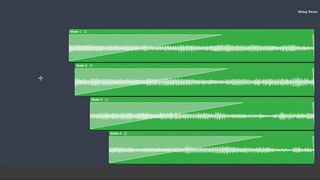
Step 3: It's always fun to use live instruments in risers, even if you can't play them proficiently. Here, we've recorded four violin parts, scrubbing the bow across the string while dragging the pitch slowly upwards. Each file features a staggered start, so that the overall perceived pitch is deliberately obscured.
Violin Tremolo
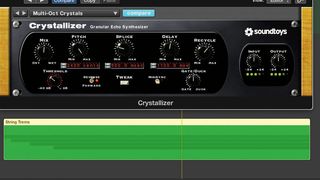
Step 4: We add reverb and delay to the strings but we want higher pitches, too. We use SoundToys Crystallizer to create pitched overtones of the original string parts, but any Pitch Shifting plugin will let you create something similar.
Get the MusicRadar Newsletter
Want all the hottest music and gear news, reviews, deals, features and more, direct to your inbox? Sign up here.
Strings Upper Pitches
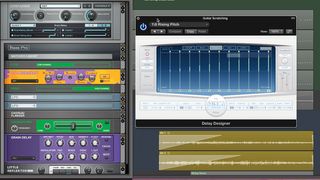
Step 5: We mimic the violin process by recording acoustic guitar, scrubbing across the strings with climbing pitch. We record two passes and pan them hard left and right. To both sounds we add granular delay, separate delay with climbing pitch taps, plus reverb.
Scrubbed Acoustic
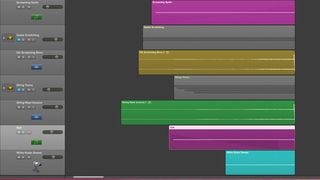
Step 6: We add a sine wave-heavy sub bass with an inverted pitchbend curve that drops in pitch as everything else rises. Finally, we import a white noise sweep.
Final Riser
Future Music is the number one magazine for today's producers. Packed with technique and technology we'll help you make great new music. All-access artist interviews, in-depth gear reviews, essential production tutorials and much more. Every marvellous monthly edition features reliable reviews of the latest and greatest hardware and software technology and techniques, unparalleled advice, in-depth interviews, sensational free samples and so much more to improve the experience and outcome of your music-making.

"If I wasn't recording albums every month, multiple albums, and I wasn't playing on everyone's songs, I wouldn't need any of this”: Travis Barker reveals his production tricks and gear in a new studio tour

“My management and agent have always tried to cover my back on the road”: Neil Young just axed premium gig tickets following advice from The Cure’s Robert Smith











